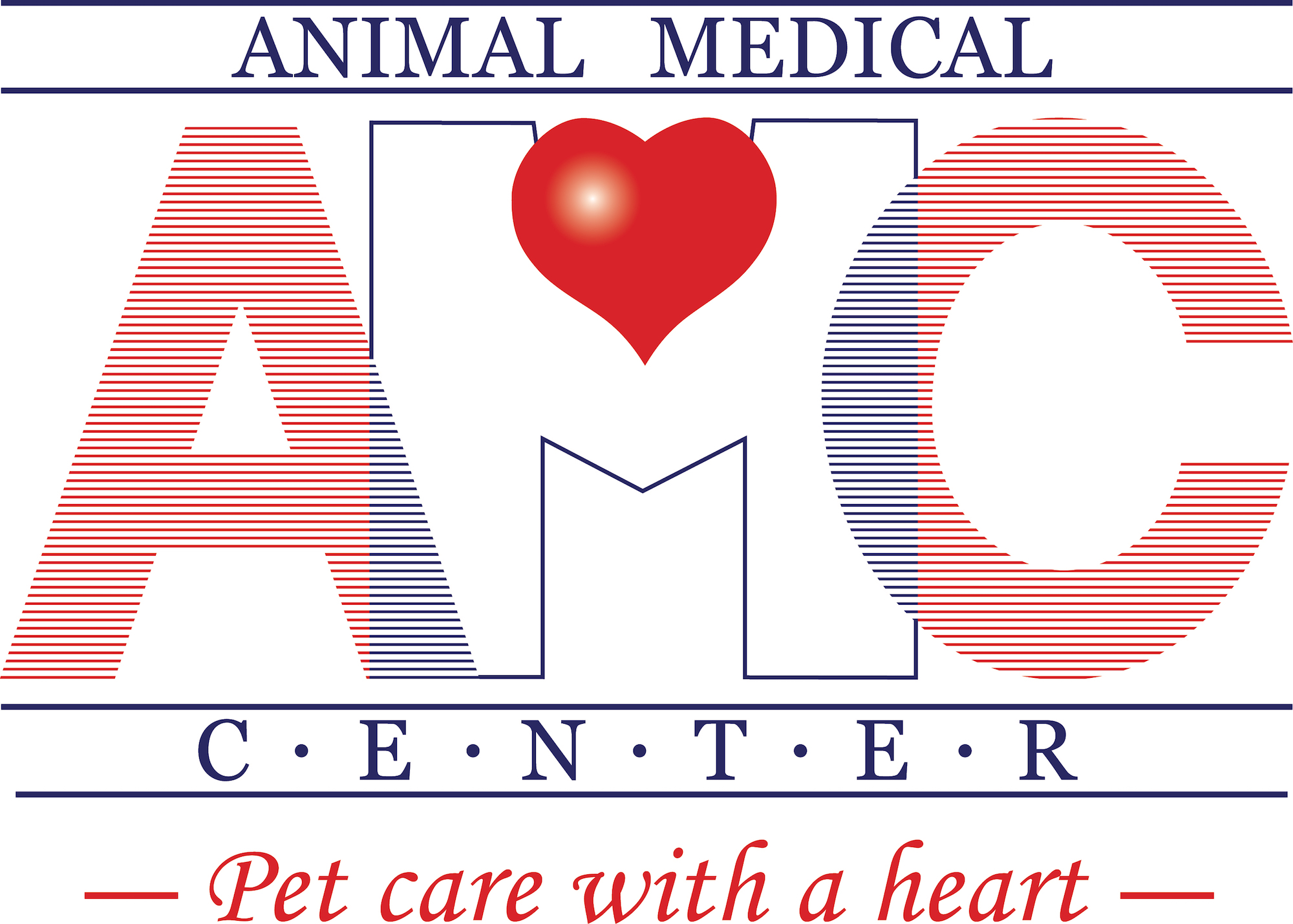Library
-
FIP results from a mutation of Feline Enteric Coronavirus. Many of the clinical signs of FIP are vague and occur with other diseases found in cats. Most cats will develop the wet or effusive form of FIP, which refers to the accumulation of fluid in body cavities. Unfortunately, there are no laboratory tests available that can distinguish between the enteric coronavirus and the FIP-causing strains. Supportive treatments may extend longevity and improve quality of life. New treatments showing success are still under evaluation.
-
FIP is one of the most challenging diseases to diagnose because feline coronaviruses are commonly found in the intestinal tract of many healthy cats. When this virus mutates, clinical disease occurs. Testing is restricted to those cats in which a diagnosis of FIP is strongly suspected.
-
Feline leukemia virus is a virus that infects cats and can cause a variety of diseases in addition to leukemia. It suppresses the immune system and makes cats susceptible to infections and disease, including causing cancers. It is transmitted between cats through the exchange of bodily fluids, although usually an extended period of contact is necessary. It is easy to diagnose, but there is no cure for it. There is a vaccine available that is recommended based on a cat's lifestyle and risk factors.
-
Feline leukemia virus (FeLV) is a virus that infects only cats. It depresses the immune system and cats tend to remain infected for life. FeLV vaccines have been available for many years and have been continuously improved upon. They are helpful in preventing infection with FeLV and, therefore, in controlling FeLV-related disease. Your veterinarian can discuss the pros and cons of vaccinating your cat against this disease based on her specific lifestyle and risk of exposure.
-
Feline panleukopenia (FPL), sometimes also called feline distemper, is caused by a virus of the parvovirus family known as feline panleukopenia virus (FPLV). This handout outlines how FPL is transmitted, clinical signs, treatment, and prognosis.
-
Feline upper respiratory infection (URI) is one term for a respiratory infection caused by one or more viral or bacterial agents. Synonyms for this condition include feline infectious respiratory disease and feline upper respiratory disease complex (URD).
-
An FHO, or femoral head ostectomy, is a surgical procedure that aims to restore pain-free mobility to a diseased or damaged hip by removing the head and neck of the femur (the long leg bone or thighbone). This procedure is commonly recommended for cats, especially those who are at a healthy weight. Active cats often experience better results with FHO than less-active cats. It is important to follow your veterinarian's post-operative instructions. Most cats will show signs of complete recovery approximately six weeks post-operatively.
-
Fenbendazole (brand names Panacur®, Safe-Guard®) is a medication used to treat a variety of parasites in dogs. Its use in cats for the treatment of parasites is off label or extra label. Fenbendazole comes as oral granules or as a liquid suspension and is given by mouth. At regular doses, fenbendazole does not usually cause any side effects. Fenbendazole should not be used in puppies younger than six weeks of age or in sick animals.
-
Fentanyl is an opioid medication used off-label to treat pain in cats and dogs. It is often given as an injection in hospital, but patches may be prescribed to deliver fentanyl transdermally (through the skin) for pets at home. This handout describes common side effects, risk factors, and drug interactions. If a negative reaction occurs, please call your veterinary office.
-
Ferrous sulfate is given by mouth and is used off label to treat iron-deficiency. Use as directed by your veterinarian. Common side effects include gastrointestinal upset such as discomfort, constipation, nausea, vomiting, and diarrhea. Do not use in pets that are allergic to it. If a negative reaction occurs, please call your veterinary office.

